
We have all been there, scrolling through our social media feeds, watching yet another influencer’s haul video. Bag after bag, outfit after outfit.
However, we are not here for another impulse buy; we are searching for something different, something that aligns with our values and our commitment to serve better to the world that we are living in. We want to wear what feels right, not just what looks good.
But even as we try to find a truly sustainable lead, we are met with a sea of green tags, recycled claims, and “ethical” logos that blur together: everything is tagged with phrases like eco-friendly, green edit, conscious collection.
And soon, we realize the truth: wanting to shop responsibly is easy; understanding how to do it is a little bit trickier.
We want our wardrobes to reflect who we are: mindful, informed, fair and fashionable. Yet, in the age of lifestyle marketing and algorithm-fed trends, sustainability often feels like a luxury or somehow a burden to carry on. Social media glorifies abundance; fast fashion thrives on immediacy. Meanwhile, ethical fashion can feel like a labyrinth of information and vague claims.
From GOTS to Fair Wear, from OEKO-TEX to Cradle to Cradle, the labels promise a better world, but what do they really mean?
According to FAIR FASHION’s State of the Art Review, sustainability and digitalization are now inseparable forces shaping the future of fashion. Yet systemic gaps remain, especially when it comes to transparency and accessibility for small and emerging brands.
So how can we, as everyday consumers, navigate this maze with confidence?
The Twin Transition Toolkit introduces some of the most common labels we encounter when exploring ethical fashion. Let us give a couple of examples. The Global Organic Textile Standard (GOTS) verifies the use of organic fibers and fair production practices, while the Fair Wear Foundation focuses on ensuring fair wages and safe working conditions. OEKO-TEX Standard 100 guarantees that fabrics are free from harmful chemicals, and Cradle to Cradle encourages circular design by ensuring materials can be safely reused or recycled. Finally, the B Corp Certification looks beyond individual garments, evaluating a company’s overall social and environmental performance.
These certifications set valuable benchmarks for responsibility and transparency, and in the FAIR FASHION Case Study Collection, we can see how different companies integrate them into their practices and what they truly mean in action.
But these labels are not everything. They are very important, yet not every small or emerging brand can easily obtain them. For many micro and small enterprises, the path to certification can be costly and complex.
That is where transparency steps in. Being open about sourcing, production, and impact often becomes the most practical and authentic way for small businesses to demonstrate their commitment to sustainability. Supported by digital tools featured in our Digital Toolbox, from blockchain traceability to life-cycle calculators, this openness makes responsibility visible, even without formal certification. And when certifications and transparency come together, they create the strongest foundation for trust which prove that ethical fashion is most powerful when accountability is both verified and visible.
The FAIR FASHION Twin Transition Toolkit is designed first and foremost for educators, to help them integrate sustainability, inclusivity, and digitalization into fashion and textile education. But its impact can reach far beyond classrooms. These tools can also guide anyone who wants to become a more conscious consumer, helping us understand the real stories behind what we wear.
By exploring the Toolkit, we witness how ethical principles take shape in real life, from transparent supply chains to data-driven sustainability. It allows us to view fashion through a more informed and responsible lens, seeing it not as a cycle of disposable trends but as stories of people, processes, and possibilities.
Ayana Karslı
ITU ARI Teknokent